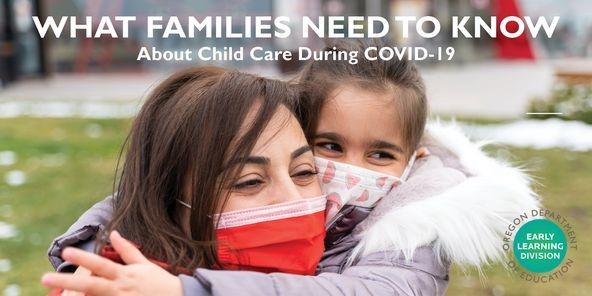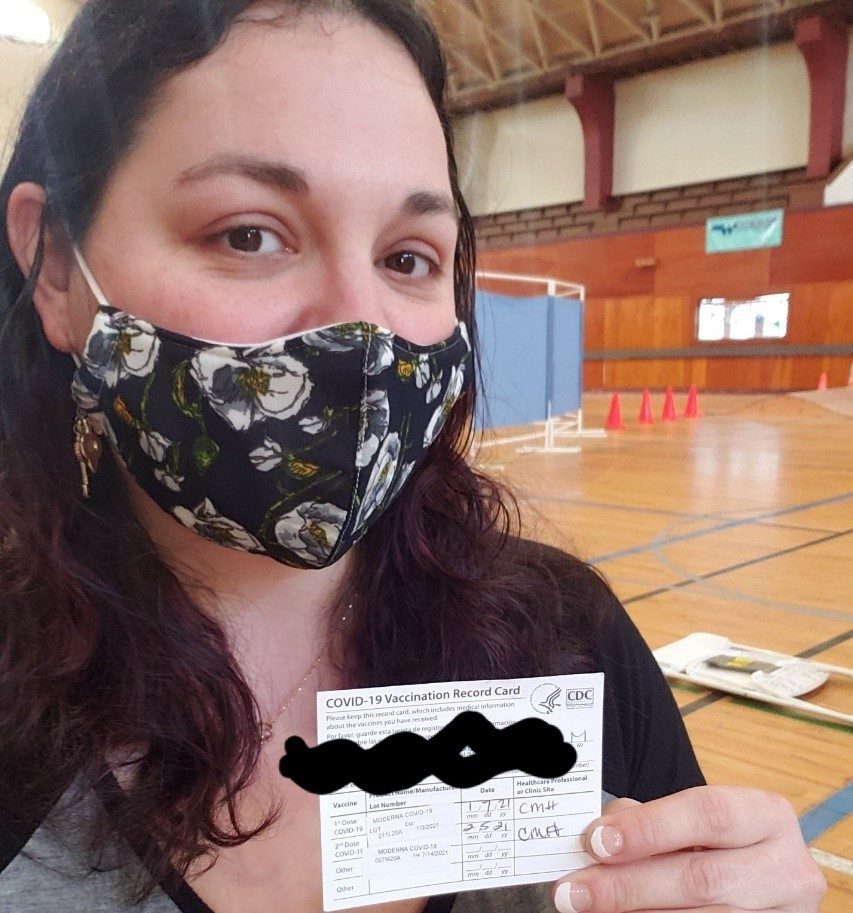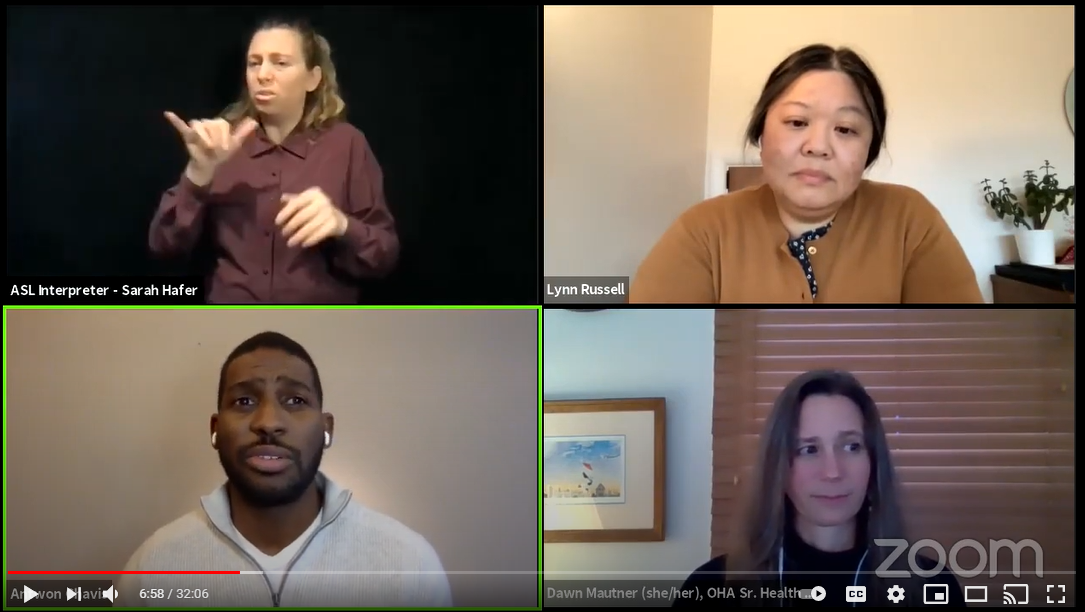Susan Prettyman, Social Services Program Manager at Clatsop Community Action, shares her vaccination story:
I was vaccinated at an event at the Armory in Astoria, Oregon, which was organized by Columbia Memorial Hospital. Going into the appointment, I felt really anxious and concerned about what the side effects would be, but I also felt reassured, knowing that I was being vaccinated with the rest of my staff, and that this would be an experience we shared together. Before we went in, our team talked about how we felt, our nerves, and how we could support each other during and after the experience. I was able to actually hold the hand of one of my coworkers who was feeling scared during her shot. The experience was really a lot to take in and process, but Columbia Memorial Hospital made the experience good for us, and overall, we were in and out within an hour.
For myself, it was important to get the vaccine to show my children, friends, family, and community how much I want to keep them safe. We work with vulnerable populations, such as seniors, families, and the homeless in Clatsop County, and I want to keep them and myself healthy so we can stop the spread in our community.
Sometimes, leading by example means doing things that seem scary, for the greater good of the community. I’m so fortunate that our entire staff at Clatsop Community Action chose to be vaccinated, so we can continue the work we do to help those most in need in Clatsop County.
A guide to child care in the pandemic
Do you have children in an early learning program or child care? The Early Learning Division of the Oregon Department of Education recently published What Families Need to Know About Child Care During COVID-19. The guide is available in multiple languages and includes tips for how best to prepare your family for child care in the pandemic.
You’ll find information on:
- Measures providers are taking to reduce the spread of COVID-19
- Plans for responding to a confirmed case
- Changes to activities — think health checks, meals served individually, small groups that stay together all day
The guide also discusses how to prepare your child for changes in routine, including these tips:
Be clear with your child about what to expect when they arrive and why these new steps are in place. Consider the following explanations:
- They will check for fever by asking questions or taking your temperature. They do this to keep everyone safe and healthy.
- I’ll say goodbye outside when I drop you off, and you can go inside with your friends.
- When I pick you up, I’ll be outside waiting for you.
If children ask about people wearing face coverings, you can explain:
- Sometimes people wear face coverings to stay safe.
- Sometimes people wear face coverings to be a germ buster.
- Sometimes people wear face coverings when they are sick.
- We wear face coverings to keep our friends safe. Germs are invisible!

![]()
In case you missed it: Watch the Facebook Live video on COVID-19 vaccines
OHA held a Facebook Live Q and A on COVID-19 vaccines on Feb. 18. You can watch the video here.
Time stamps for the video are available below:
10:23: When will people with compromised immune systems be able to get the COVID vaccine?
12:04: Was the vaccine tested on disabled people in the trials?
11:49: When will sports, particularly outdoor sports, be allowed for students?
13:03: I hear the second shot is worse than the first. Is that true?
15:13: What’s being done to create drive-thru vaccination clinics?
16:33: My mom got a vaccine but didn’t get a vaccine card. Where can she get one?
18:16: My kids say that the vaccine isn’t safe – is it?
22:15: For people who think that they may be receiving a less effective vaccine, e.g. the Johnson & Johnson vaccine, perhaps, down the line, what would you tell them to reassure them and convince them to get vaccinated?
26:52: How is it safe for my 18-year-old to go back to in-person education when they haven’t been vaccinated? How do they not infect us at home?
30:33: Do we need a booster in three months?
16 Oregon counties improve in risk level; changes take effect Friday
Governor Kate Brown today announced that 16 counties improved in risk level, with 10 of those improving from Extreme Risk.
Effective Feb. 26 through Mar. 11, five counties will be in the Extreme Risk level, 11 in High Risk, 10 in Moderate Risk and 10 in Lower Risk. A complete list is available here.
“For the second time in a row, we are seeing great progress in stopping the spread of COVID-19 across Oregon and saving lives,” said Governor Brown. “Oregonians continue to step up and make smart choices. While these county movements are welcome news, we must continue to take seriously health and safety measures, especially as more businesses reopen and we start to get out more. As we see infection rates going down and vaccinations ramping up, now is not the time to let down our guard. Continue to wear your masks, keep physical distance, and avoid indoor gatherings.”
OHA examines and publishes county data weekly. County risk levels are reassigned every two weeks. The first week’s data provides a “warning week” to prepare counties for potential risk level changes. The next assignment of risk levels will be announced March 9 and take effect March 12.
Updates to Warning Week data and county risk levels are posted to coronavirus.oregon.gov.



